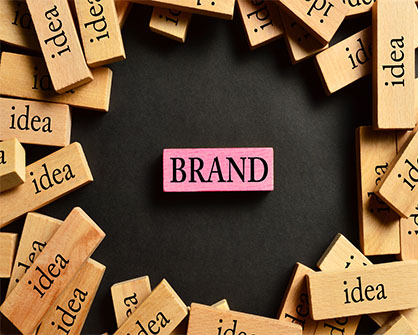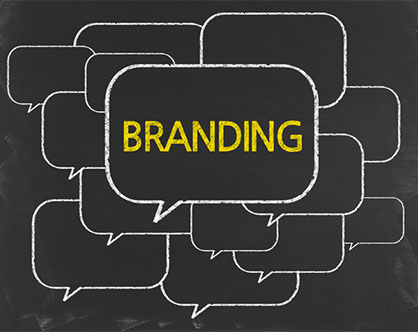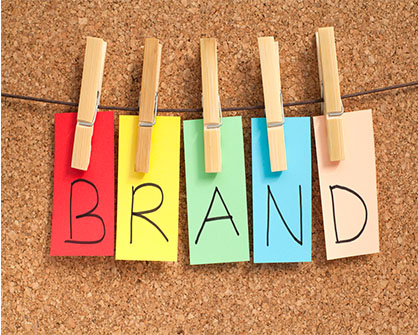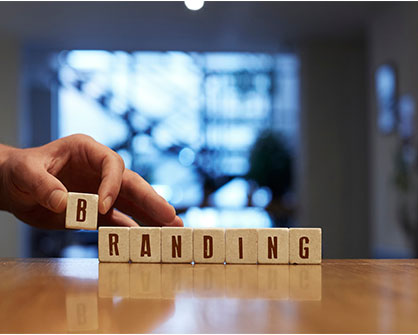Having a strong digital presence is an essential element of property marketing. This medium can be hugely effective by strengthening visual effects and reaching and capturing a wider audience. So what steps can be taken to increase sales and encourage interest in your development?
Website
Having a visually appealing and functional website is a crucial element of your campaign. By developing a an engaging website, you can showcase both the property and its surrounding area with impressive images and videos.
Engaging, informative content through your website on the property and its location will increase brand recognition and boost sales enquiries. Well-researched copywriting throughout the website (e.g blogs which capture themes such as local amenities, interior design options) will help potential buyers visualise living at the property.
Technical content such as interactive floorplans, sitemaps and building specs can also be included on the website to further interest and engagement with prospective buyers.
Social Media
The growth of social media over the last 5-10 years has been astonishing to say to the least. Our mobile phones capture the majority of our attention – so it’s important to have a strong social media presence to capture the attention of potential property buyers. Without a social strategy you missing out on a cost effective platform to reach your target audiences.
Social media platforms such as Facebook, Instagram, Twitter and LinkedIn are very useful for interacting and engaging with your target market. These platforms can showcase the property and location with striking images and video, while also providing valuable and engaging content through posts and captions.
Using paid advertisements, as well as organic content, can be effective for targeting potential customers based on demographic, location and online behaviours.
SEO
Search Engine Optimization (SEO) is how you can organically optimise your website to appear higher up in search rankings. By having an effective SEO strategy, you can direct prospective buyers who are searching for property towards your website. A large majority of your potential customers are researching their future homes online- don’t miss out on targeting them. You can reach users organically by employing both onsite and offsite SEO.
Onsite SEO includes copywriting website content which strategically targets relevant keywords. There are also several technical onsite SEO techniques we can use, including meta tag optimisation and site speed analysis.
Offsite SEO includes running an ongoing campaign on creating backlinks on domains which have high authority ratings, and making optimisations to any Google Map listings that are relevant.
AdWords
Google AdWords (soon to renamed Google Ads) is a very effective way of increasing your online presence, through both Search & Display.
Search:
Search advertising can help ensure your website is at the top of the search rankings for relevant identified keywords. An example of some keywords could be: “Mortgage calculator, places to live in Dublin, Greystones new homes etc.”. Ads can be targeted to audiences who Google have identified as searching for property based on their web browsing activity as well as a full range of demographic information.
Display:
As property is often sold on a visual basis, display advertising is hugely important to:
- Make users aware of your new property development if they are not searching
- Keep the development in the user’s attention if they have already visited your website before, by placing visually appealing ads on other websites that they visit.
You can target certain demographics, keywords on websites or individual placements based on website categories, while there are also placements available outside these networks, such as Daft and MyHome.
A strategic digital marketing campaign can have a huge impact on property sales and brand recognition – don’t miss out on these essential sales tools.
Need help with your digital marketing strategy? Why not benefit from our experience? Get in touch – info@idea.ie
Andrew Browne, Account Manager














